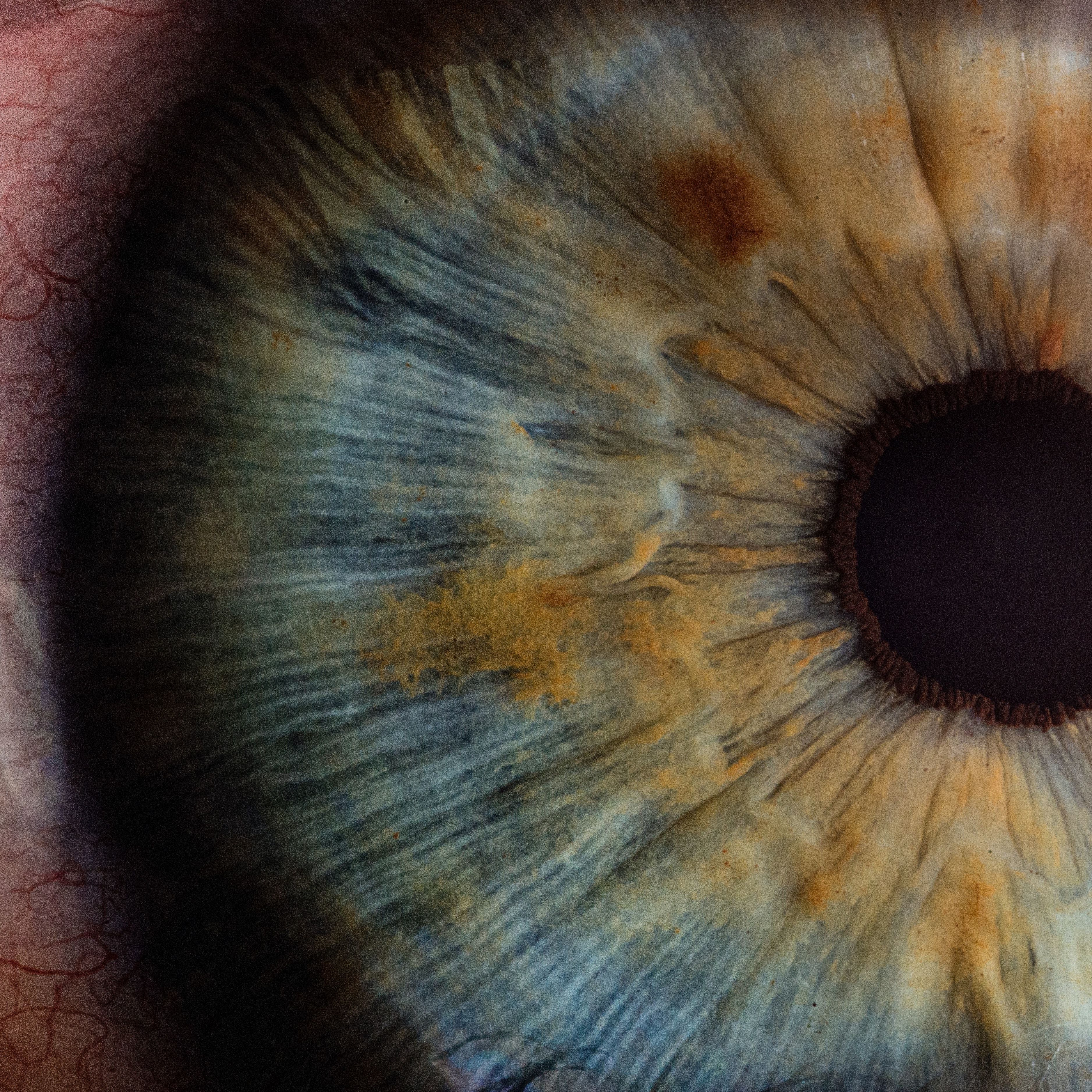Article
Potential Approach for Treating T-Cell Acute Lymphoblastic Leukemia Uncovered
Author(s):
Researchers find that blocking one or more genes in the HSF1 pathway could represent a new approach in treating the rare, aggressive disease.
Investigators from the New York University (NYU) School of Medicine have discovered that a signaling pathway, which encourages normal cell growth, worsens T-cell acute lymphoblastic leukemia (T-ALL) by taking control of another pathway known for protecting cells from biological stress.
By uncovering that the NOTCH1 pathway “hijacks” heat shock transcription factor 1 (HSF1) signaling in T-ALL, the investigators postulate that blocking genes in the HSF1 pathway could potentially offer another treatment approach for the rare disease. They add that an anticancer drug that targets heat shock protein 90 (HSP90) is already in development, and their research sheds light on the subset of T-ALL patients who are most likely to benefit from such a therapy.
"Our study shows how the NOTCH1 pathway hijacks the heat shock transcription factor 1 pathway to promote tumor growth," commented study senior investigator Iannis Aifantis, PhD, professor and chair of the Department of Pathology at NYU Langone Health and its Perlmutter Cancer Center, in a recent statement. "The cancer cells are sending into overdrive a system that helps healthy cells respond to stress."
In their study published in the journal Nature Medicine, the NYU team sought to identify and define the mechanisms underlying the transcriptional initiation and maintenance of the oncogenic stress response that cause T-ALL. By doing so, they hoped to gain insight into which new approaches could be effective in treating the aggressive disease. Upon analysis, they made the first direct link between activation of HSF1—which is critical to the production of dozens of other proteins, including HSP90—and leukemia.
For their study, the investigators genetically blocked HSF1 in mice induced—through increased NOTCH1 activity—to develop T-ALL. By blocking HSF1, they were able to kill all the cancer cells but spare the mice. Through this analysis, the research team gleaned evidence which proved that HSF1 was essential to the survival of T-ALL cancer cells. They add that when HSF1 was removed from mouse bone marrow stem cells, healthy blood cell production was left uninterrupted. Furthermore, no adverse effects were observed.
"Having a targeted therapy that kills only cancer cells could really boost our efforts to treat T cell acute lymphoblastic leukemia, which affects mostly children," added study first author Nikos Kourtis, PhD, a postdoctoral fellow at NYU Langone. Due to adverse effects on healthy cells connected to the NOTCH1 pathway, previous attempts at blocking NOTCH1 directly have failed, he added.
Additional experiments in both mice and human cells indicated that silencing the gene behind the production of HSP90 effectively killed leukemia cells, especially those with the highest NOTCH1 and HSP90 activity.
PU-H71, the experimental drug in early clinical trials for the treatment of breast cancer, blocks HSP90, and, according to Dr Aifantis, if further testing proves successful, the drug could quickly be adapted for trials in T-ALL patients. Previous experiments conducted in animal and human cells have found that blocking HSP90 only kills cancer cells—unlike chemotherapy, which is known to damage normal cells as well.
Looking forward, Dr Aifantis and his team will channel their efforts into evaluating the effects of 8 other proteins that are produced by active genes in the HSF1 pathway in an effort to establish if any of them show promise of anticancer activity in T-ALL.
“Next, we want to better understand the critical targets in leukemia whose stabilization by the cellular stress machinery promote T-ALL pathogenesis,” he told Rare Disease Report®. “We are also planning to investigate how this tumor supportive pathway is regulated in other types of leukemia.”





